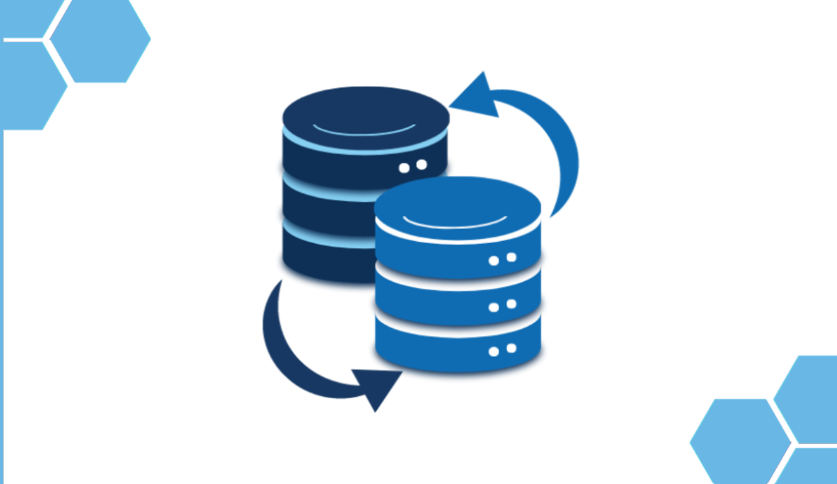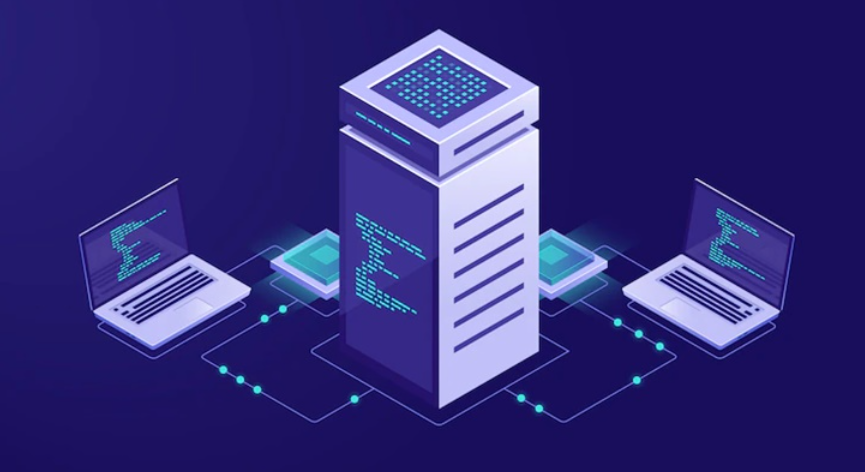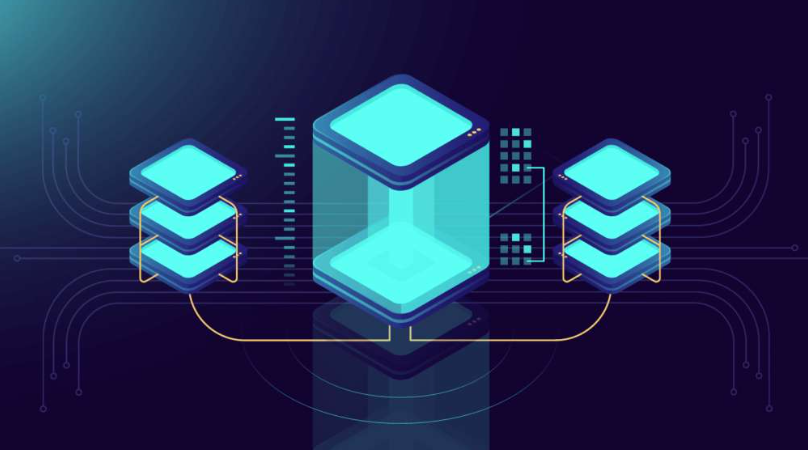An Introduction to Database Mirroring
Similarly, in the context of DBMS, the business’s goal is the availability and dependability of data for continued smooth functioning. Implementing this technology is easy as it is very reliable, and it helps to improve data reliability and protection in any SQL Server environment. This method is mainly intended to prevent both downtime and loss just because a copy of a database is made on a different server. This makes it an invaluable asset for organizations that need better data protection as a critical characteristic of the company.
Database mirroring involves creating a real-time copy of the principal database stored on a different server known as the mirror server. This ensures that data remains accessible without significant delay in the event of a server failure.
The technique also allows for automatic failover, where the mirrored database takes over operations almost instantaneously if the primary server encounters an issue. This capability is precious for companies for which breaks cannot be extended, including financial, healthcare, and Internet companies.
To set up database mirroring, specific components like a principal server, a mirror server, and, optionally, a witness server are required. These servers must be configured to communicate effectively, and the mirroring process must be initiated through SQL Server Management Studio or Transact-SQL commands. Adherence to best practices in system setup and continued maintenance is worthwhile since it guarantees efficient system functionality.
In specific, database mirroring is one of the most prominent solutions for HA and DR needs for MC application and data redundancy.
Benefits of Database Mirroring
The first advantage of database mirroring is the availability and backup redundancy of corporate data. Through mirroring, organizations can keep a copy of the primary database on a mirror server. A current copy of the primary database makes the information available if the original server fails. This redundancy is crucial for keeping businesses running and ensuring data is preserved to its highest extent.
Another significant advantage is automatic failover for high availability. When the primary server encounters issues, the mirrored database can immediately take over, minimizing disruptions. This seamless transition is especially beneficial for businesses that cannot afford prolonged downtime, such as financial institutions and online retailers.
Additionally, database mirroring supports better performance during backup operations. Since the mirror server can handle read-only operations, the primary server can focus on more critical tasks, improving overall system performance. These can be especially beneficial to environments with a large transaction volume and, therefore, require optimization.
This is because database mirroring also offers high data protection. Because the data is consistently updated in real time between the principal and mirror servers, the risk of data loss is minimized. This is especially important for organizations that handle sensitive or regulated data, such as healthcare providers and financial services.
Moreover, database mirroring facilitates more manageable maintenance and upgrades. Administrators can switch operations to the mirror server during maintenance windows, ensuring that the primary server can be updated or repaired without affecting service availability. This flexibility reduces the management overhead in IT resources and will significantly help maintain uptimes.
All in all, the broader advantages of database mirroring indicate that it is a more desirable technology for providing data that is worthy, dependable, and perpetually accessible in various organizational settings.
Situational Uses for Database Mirroring
Database mirroring is particularly advantageous for organizations that require uninterrupted access to critical data. For example, in the financial industry, the constant availability of transaction histories is essential for carrying out operations perfectly and making clients happy. Likewise, e-commerce platforms greatly depend on database mirroring because, for instance, server failure can significantly affect consumers and consequently result in lost revenue.
Hence, in the healthcare sector, specialization whereby patient records and medical histories are always available for use is critical to offering adequate treatment. Database mirroring guarantees that healthcare providers can access updated information without delay, which may be helpful during incidents.
Additionally, companies that build huge databases of student records, courses, and research information can benefit from database mirroring to guarantee that this information will be constantly available. This is important, especially during the surge, as in the enrollment period or during exams; any system overhaul could adversely affect the institution.
Organizations that need to comply with stringent data protection regulations also find database mirroring beneficial. They can also update it in real-time and sync up the copy of the data almost immediately in case of malfunctioning or failure of the hardware and associated issues about the legal rules on data access and storage.
Lastly, companies that have an international presence can leverage databases to improve their disaster recovery solutions. They can also have a mirrored database in other geographical locations; thus, they can withstand regional outages or disasters and continue with their clientele transactions.
Technical Needs and Configuration
To set up database mirroring, you will need a principal server, a mirror server, and, optionally, a witness server for automatic failover. Subsequently, the properties of the database you want to mirror are set. Subsequently, mirroring endpoints must be set up on the principal and mirror servers so that both can connect.
After the endpoints are set, the next step is to initiate the mirroring session using SQL Server Management Studio or Transact-SQL commands. It’s crucial to configure security settings properly to protect the data being transmitted between the servers. Monitoring tools should also be set up to monitor the health of the mirroring process.
It’s advisable to conduct initial testing to verify that the setup works as expected. This entails checking latency and guaranteed failover, as this is also true when replication mode is configured. Other routine activities required to perform them are needed for the system’s stable functioning, for example, updating the software and analyzing logs.
Comparing Database Mirroring to Other Solutions
Database mirroring and replication effectively achieve data redundancy, but they serve different purposes and offer distinct features. Database mirroring replicates indexes, data, and schema consistently and almost instantly at the mirror server. This feature makes it useful in HA environments where failover should be conducted automatically. However, the replication lets the data be copied and distributed to other servers, providing potential flexibility to implement the read scalability and distribute the data.
Another key difference is the type of failover support. Database mirroring supports automatic failover, which can quickly switch to the mirror server in case of a failure. Replication, however, generally requires manual intervention to switch operations to another server.
Performance considerations also vary between the two solutions. While database mirroring is optimized for high availability and minimal latency, replication can handle more complex data manipulations and is often used for reporting and analytics tasks.
Security is another crucial factor. Database mirroring ensures data is synchronized and secure between the principal and mirror servers. Replication, while also secure, may require additional configurations to ensure data integrity across distributed environments.
Ultimately, the choice between database mirroring and replication depends on an organization’s specific needs, including data consistency, failover capabilities, and performance requirements.
Challenges and Considerations
Any organization must overcome several dilemmas to get the most out of database mirroring. The first important consideration is latency across the network, which measures how fast data is copied between the servers. It is essential to keep the latency to a minimum to maintain constant synchronization.
However, another reason that might be equally important is the bandwidth needed for the call. Mirroring’s fundamental character heavily depends on network characteristics because mirroring a database sends gigabytes of information through the network during reasonably short intervals. Increased data traffic is required without compromising other network activities; proper network infrastructure must be provided for this to work.
Also, infrastructure investments are needed for secure hardware where organizations store data for principal and mirror servers. This includes coupled storage, coupled processors, and coupled memory adequate for enhancing the mirroring process. These hardware requirements are necessary to ensure a smooth machine with good system efficiency.
Another consideration is security, and safety is an area of enormous importance and concern for many organizations. Secure communication protocols must be employed to prevent data being mirrored from falling into the wrong hands. This involves setting up SSL certificates and seeing both servers look into the standard security.
Daily checks and fine-tuning are required for proper operation as far as the mirroring setup is concerned.
Administrators should use some checks/checklists to look for signs of healthiness/unhealthiness of the mirroring process, to make sure any precursors of failure can be detected early before they become a significant problem, and to remind the system to do things that should be done periodically such as getting updated software, reviewing logs, etc. It becomes easier to handle them since this approach is preventive, hence preventing problems from growing out of proportion.
Summary and Future Prospects
Database mirroring in SQL Server has proven to be a reliable method for ensuring high data availability and continuity. Its ability to provide real-time data redundancy and automatic failover makes it invaluable for critical business applications. With robust security measures and improved performance during backup operations, database mirroring is well-suited for industries such as finance, healthcare, and e-commerce.
In the future, improvements introduced by cloud computing and combination with automation technology can further enhance the effectiveness of database mirroring. It will enhance more convenient integration with cloud platforms to provide more flexible disaster recovery solutions. Also, automation features will make configuration and management easier than with mirrored databases to minimize the amount of work.
For this reason, organizations should expect newer and more effective methods of accomplishing data protection and availability, making database mirroring a strategic element in contemporary database administration. With such technologies still in the making, corporate entities will be well-placed to exterminate modern data dilemmas. At the same time, organizations’ processes shall be optimized for business continuity and disaster operative recovery.



